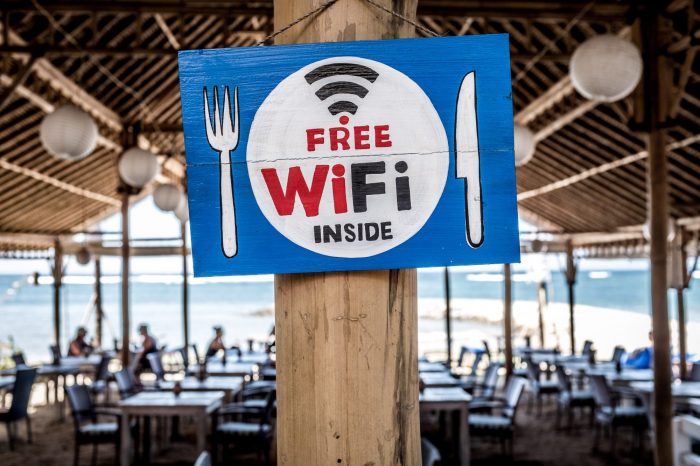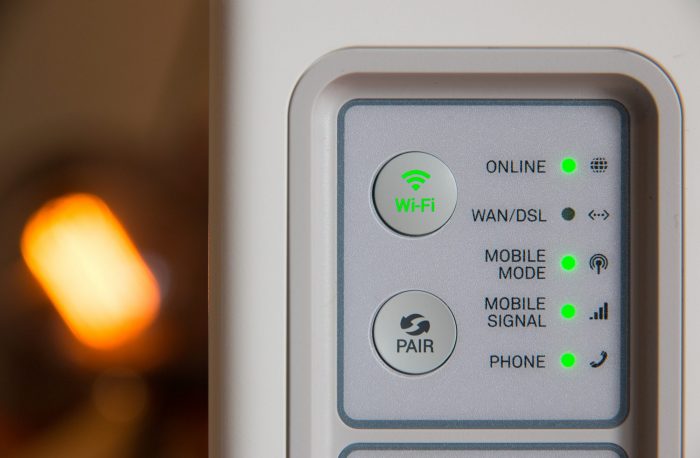Remember that first time you saw the sign in a coffee shop or business about free WiFi being offered?
Maybe at the time, you didn’t even know what it was.
Today, most people would not be able to survive or work successfully without WiFi as an integral part of their lives.

WiFi Is Now Essential to Businesses & Consumers
WiFi is a technology that uses radio waves to provide network connectivity. Without that connection to the internet we could not access business data, social media and the endless number of things we love to pour through on our smartphones, laptops and tablets.
WiFi would certainly not exist without a decision made in 1985 by the Federal Communications Commission (FCC), America’s telecoms regulator, to open several bands of wireless spectrum, allowing them to be used without the need for a government license.
FCC Regulating WiFi In 1985
This was an unheard-of move at the time; other than the ham-radio channels, there was very little unlicensed spectrum. But the FCC, prompted by a visionary engineer on its staff, Michael Marcus, took three chunks of spectrum from the industrial, scientific and medical bands and opened them up to communication entrepreneurs. (Source: The Economist)
In 1988 other corporations wanted to get in on this action for business dealings such as wireless cash registers. The Institute of Electrical and Electronics Engineers (IEEE) along with Bruce Tuch of Bell Labs and Victor Hayes set up a committee to create standards and regulations regarding this ethernet use.
Invention Of The Term WiFi
Years later the new standard was published and engineers immediately began working on prototype equipment to comply with it. Companies began to develop devices compatible with these wireless devices. By the end of the 1990s, six companies began using these devices and created the Wireless Ethernet Compatibility Alliance (WECA).
By the year 2000, the term WiFi had been hatched and companies like Apple began incorporating a WiFi slot into all its laptops.
Since this time, WiFi has spread. In fact, with todays WiFi capabilities, we have the internet instantly at our fingertips, as long as we have a smartphone, mobile device or laptop close to hand.
If you have questions about WiFi for your business, reach out to M
Categorised in: wifi



